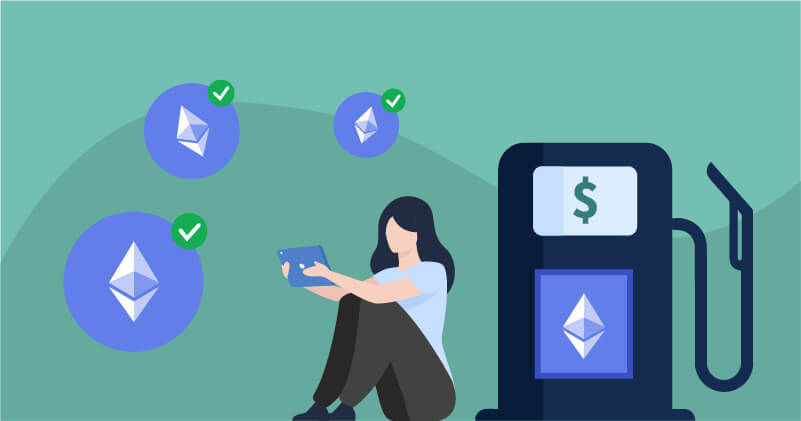What Are Gas Fees in Crypto and How Can You Minimize Them?
- Bitcoinsguide.org

- Aug 11
- 2 min read
Exploring Crypto Transaction Costs and Smart Ways to Save
Crypto transactions often come with a hidden cost—gas fees—that can significantly affect your overall profits, especially when using Ethereum or other smart contract platforms.
Understanding what gas fees are, why they exist, and how to reduce them is essential for anyone actively trading, transferring, or interacting with decentralized applications.
This guide breaks down gas fees in simple terms and shares practical tips to help you minimize these expenses in 2025.

1. What Are Gas Fees?
Gas fees are transaction costs paid to blockchain networks to process and validate your operations, such as sending tokens, executing smart contracts, or interacting with DeFi protocols.
On Ethereum, gas is measured in units and paid in ETH.
The fee compensates miners or validators who secure the network by including your transaction in a block.
Gas Price: Amount you pay per gas unit, typically in Gwei (1 Gwei = 0.000000001 ETH).
Gas Limit: Maximum units of gas a transaction can consume.
Transaction Fee = Gas Price × Gas Used
Gas fees fluctuate based on network demand—high activity means higher prices.
2. Why Are Gas Fees Necessary?
Network Security: Gas fees prevent spam by making every operation cost something.
Incentivize Validators: Fees reward those who confirm and secure transactions.
Resource Usage: Complex transactions consume more computing power and storage, requiring more gas.
3. Factors Affecting Gas Fees
Network congestion: Popular times raise fees.
Transaction complexity: Smart contracts use more gas than simple transfers.
Gas price settings: You can set gas price manually or let wallets choose “fast,” “standard,” or “slow” speeds.
Layer 1 vs Layer 2: Mainnet transactions are costlier than Layer 2 solutions.
4. How to Minimize Gas Fees
a. Use Layer 2 Solutions and Sidechains
Platforms like Arbitrum, Optimism, Polygon, and zkSync offer faster and cheaper transactions by processing off the main Ethereum chain, drastically reducing gas fees.
b. Transact During Off-Peak Hours
Gas fees drop significantly during low network usage periods—typically weekends or early mornings UTC time.
c. Batch Transactions and Use Meta-Transactions
Some wallets and dApps allow batching multiple operations into a single transaction, spreading gas costs or letting others pay fees via meta-transactions.
d. Optimize Smart Contract Interactions
Use efficient dApps that minimize gas usage, and avoid unnecessary steps that increase complexity.
e. Adjust Gas Price Settings
Select slower confirmation speeds when possible, reducing the gas price you pay.
5. Advanced Tips
Set gas fee caps: On EIP-1559 enabled networks, set max fee and priority fee to control costs.
Monitor gas price oracles: Use tools like GasNow, EthGasStation, or Blocknative to track fees in real time.
Use wallets with gas optimization: Some wallets recommend optimal gas settings based on current network conditions.

Keep your Gas Fees in Mind
6. Final Thoughts
Gas fees are an unavoidable part of using blockchains like Ethereum but understanding their mechanics and employing smart strategies can save you substantial costs over time.
Whether you are a casual user or active DeFi participant, reducing gas fees improves your net returns and transaction experience.
Ready to keep more of your crypto gains?
Join bitcoinsguide.org now for expert guides, tips, and real-time updates on minimizing gas fees and maximizing your crypto profits.



Comments